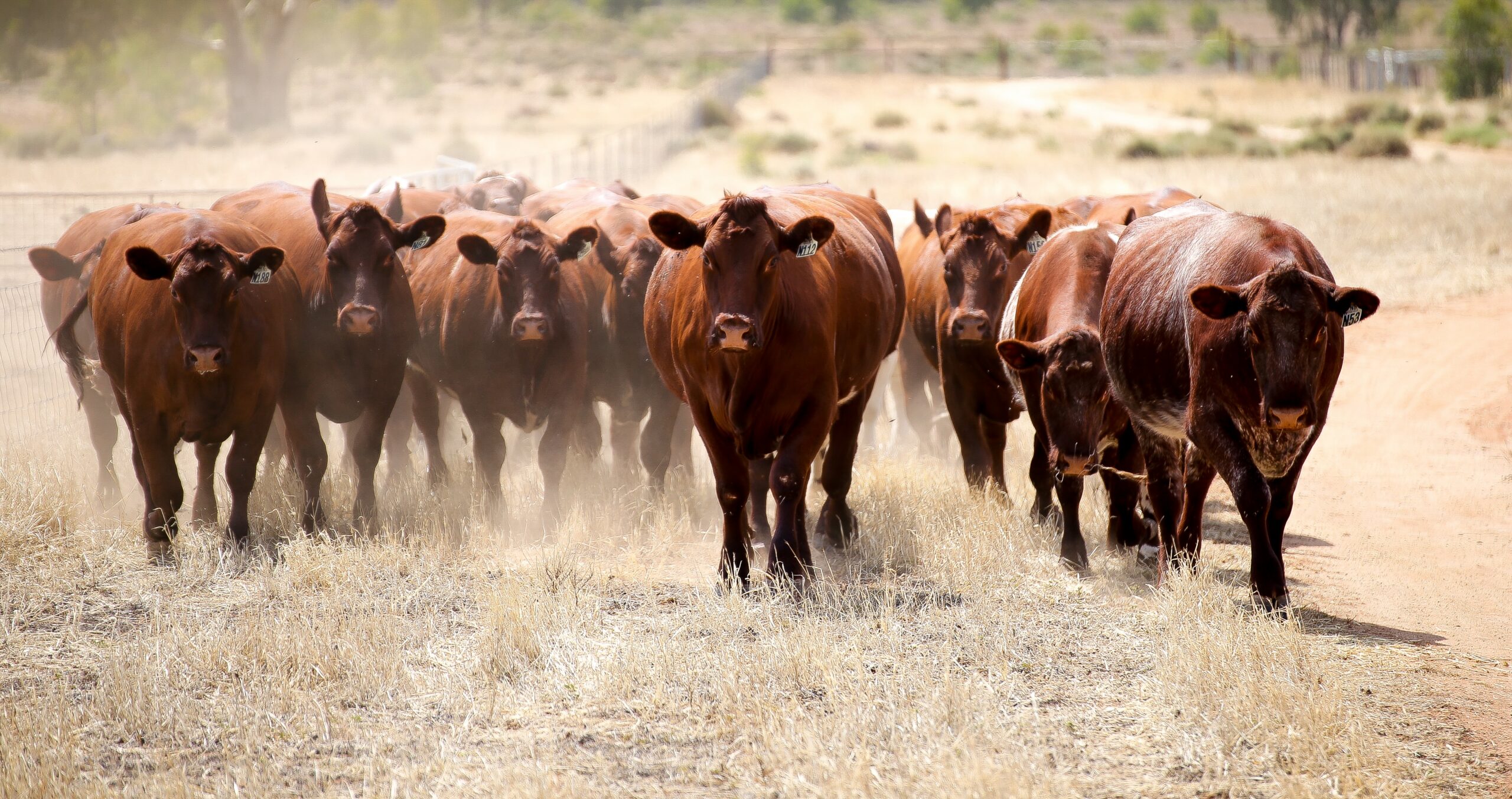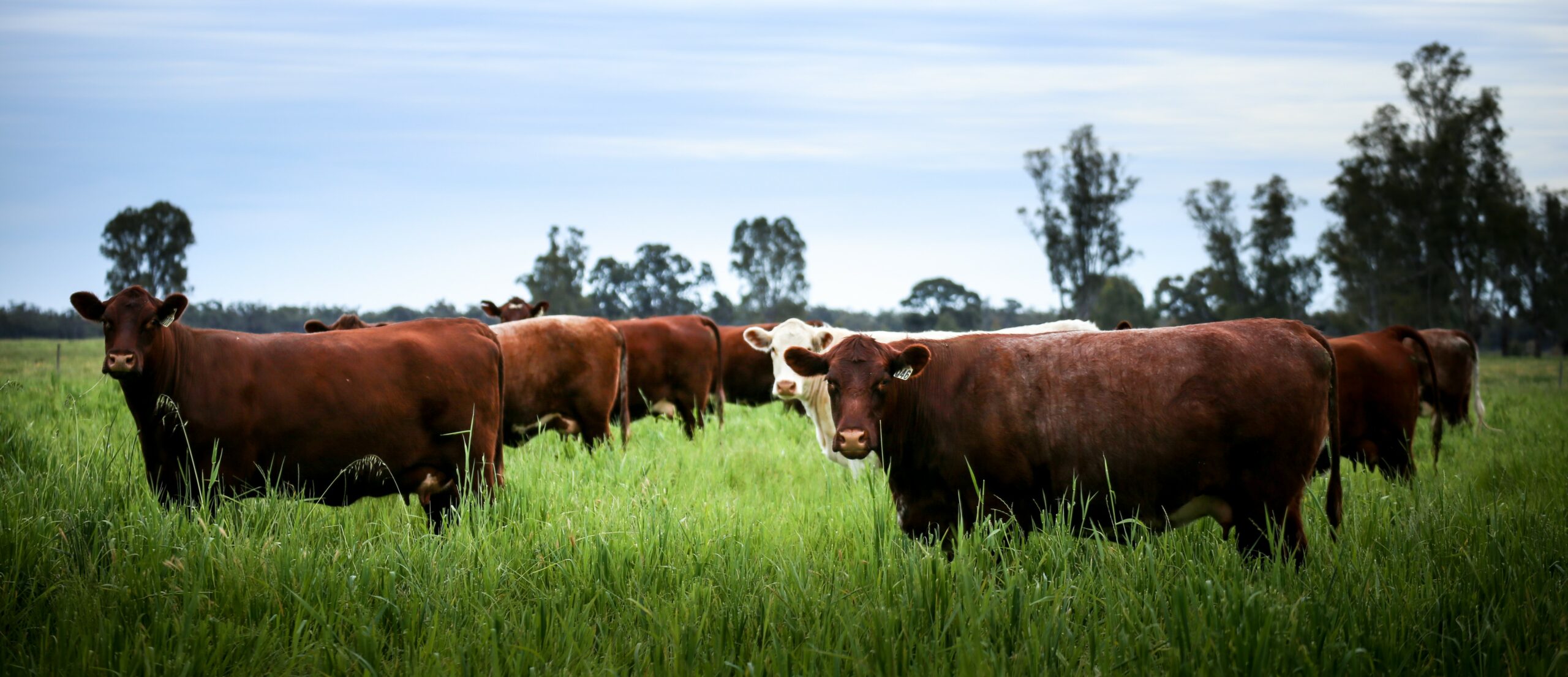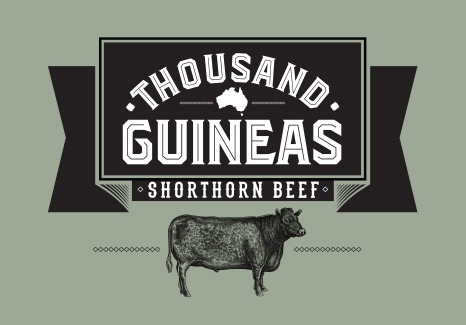Understanding Shorthorn Satellite Programs
Most data contributed to genetic evaluation comes from seedstock herds. A big reason for this is that not all commercial data collected is useful or informative. Genetic evaluation systems are designed to remove environmental and management factors, leaving behind the genetic components to be measured. To achieve this, there are certain protocols that need to be met in the structure of how data is captured. Seedstock producers understand these systems very well.
Despite this, the protocols required are not difficult or complicated. When progressive breed societies, seedstock and commercial breeders collaborate, there is the opportunity to create powerful systems that take genetic improvement beyond the seedstock herd and into commercial “satellite” herds.
WHY CREATE SATELLITE HERDS?
Genetic improvement benefits everyone in the supply chain. As the old saying goes, “you can’t pay tomorrows bills with todays production”.
Ensuring profitability will require genetic solutions that deliver both efficient and effective production capable of consistently achieving target market specifications.
HOW DOES IT WORK?
Data is the lifeblood of genetic evaluation. Nobody has more than IGS and nobody uses it better. Despite this, seedstock producers are often limited in their ability to capture commercial traits, particularly carcase traits.
Genetic evaluation uses four sources of information;
- Pedigree
- Individual Performance
- Progeny
- Genomics
Seedstock herds are great at capturing pedigree and individual performance as well as genomic information. However, collecting progeny data depends on each sire being used extensively in seedstock herds.
Working with progressive commercial producers, greatly expands the ability to capture maternal and carcase traits and unlocks the power of genetic evaluation and genomics.
With assistance from ShorGene staff to meet the requirements that guide the appropriate capture of phenotypes and genotypes, leading seedstock and commercial producers working collaboratively in satellite programs, can identify elite genetics from within their herds.
Download a copy of the Schedule for Collecting Traits for Carcase Testing here.
WHO BENEFITS FROM SATELLITE PROGRAMS?
SEEDSTOCK PRODUCER.
Making accurate selection decisions is critical for seedstock producers to ensure that they are making genetic gain, both within their herds and their client’s herds.
The opportunity to progeny test prospective elite sires, including generating carcase records on progeny, allows seedstock producers to identify elite sires and increase accuracy at a much earlier age.
Shorthorn Beef will subsidise genotyping of carcase progeny, providing the protocols have been followed correctly. This will reduce the cost of carcase genotyping and parentage to $22 inc. GST.
COMMERCIAL PRODUCER.
Many commercial producers are looking for solutions to increase genetic gain within their herds. Participating in a satellite program with their seedstock supplier, allows them to do this.
Initially, commercial producers are getting access to proven and potentially elite Shorthorn genetics, usually at no cost or at severely reduced cost. This has a big flow on effect for the quality of their replacement females coming through.
They will also get assistance in managing the protocols around capturing data.
The major limiting factor for commercial producers has always been that there was a cost associated with registration of their commercial females. Under the satellite program, commercial breeders will receive the same EPD’s as the seedstock breeders, from the worlds largest genetic evaluation for their progeny test female replacements, at no cost. This provides them with powerful selection tools to assist them to make the most accurate decisions.
The only cost is a requirement to be a commercial member of Shorthorn Beef which costs $55 per herd.
IS IT ONLY FOR LARGE SEEDSTOCK PRODUCERS?
Absolutely not. Seedstock producers with limited herds benefit the most from satellite programs.
It is important to understand that more is not necessarily better. Adding 20 carcase progeny to a sire is sufficient to generate much higher accuracy for genetic evaluation, particularly if the progeny have also been genotyped.
For a smaller seedstock producer, a commercial satellite partner joining 200 females, will allow them to progeny test 2 elite young sires annually. Imagine how powerful that can be after just a few years.
HOW TO GET INVOLVED?
For seedstock and commercial producers, it is important to contact Shorthorn Beef to discuss the protocols around data collection. These are not difficult; however, they need to be understood before starting out. It is also critical to know what traits you want to measure before you start.
So contact Shorthorn Beef and you will be on your way to unlocking the most powerful genetic evaluation system in the world, for your herd.







